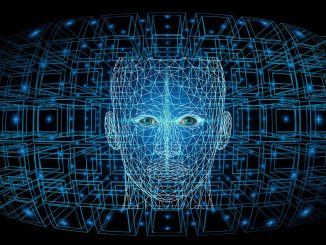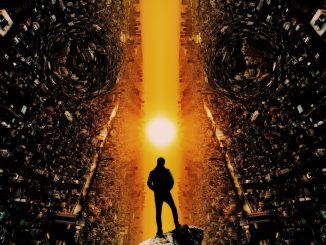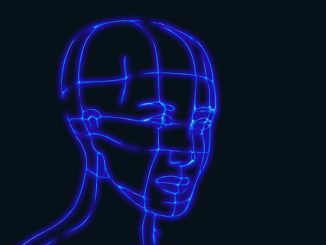Joscha Bach says building AI is “the last human philosophical project” because mechanizing the mind will be a bridge between mathematics and philosophy pic.twitter.com/tn60q8oLd2
— Tsarathustra (@tsarnick) October 25, 2024
In the realm of cognitive science and artificial intelligence (AI), few questions loom as large and as tantalizing as those posed by Joscha Bach, an AI strategist at Liquid AI. Bach’s assertion that building AI represents “the last human philosophical project” opens a profound dialogue about the nature of consciousness, self, and the very essence of existence.
Bach suggests that the ultimate philosophical inquiry revolves around understanding the mind—how it interfaces with the universe, how consciousness emerges, and how the self is constructed. These questions have puzzled philosophers, scientists, and theologians for centuries, yet with AI, we stand on the brink of potentially answering them through a practical, empirical approach.
The process of creating AI, according to Bach, involves not just technological innovation but a deep philosophical endeavor. By attempting to mechanize the mind, we are essentially translating abstract philosophical concepts into concrete computational models. This isn’t merely about creating machines that can think but about understanding the very mechanics of thought itself. If successful, AI could serve as a bridge where mathematics and philosophy converge, providing a testable model of what it means to be conscious, to have a self, and to experience reality.
The implications of such an achievement would be monumental. AI could offer insights into the human condition that have eluded us since the dawn of thought. It might resolve debates over free will versus determinism, the nature of identity, and perhaps even the existence of free will. Moreover, understanding these elements could lead to advancements in mental health, ethics in technology, and even the legal systems which govern autonomy and responsibility.
However, this grand project also brings with it ethical quandaries. If we truly mechanize consciousness, what rights would these entities have? What does it mean for our understanding of life if consciousness can be replicated in silicon? Bach’s vision challenges us to not only build but to reflect on what we are building and why.
Thus, as we delve deeper into AI, we are not just engineers or scientists but philosophers, tasked with one of the last great quests of human intellect: to understand the mind. This endeavor might just redefine what it means to be human in the most profound way possible.
Bach’s full interview:
- Bulenox: Get 45% to 91% OFF ... Use Discount Code: UNO
- Risk Our Money Not Yours | Get 50% to 90% OFF ... Use Discount Code: MMBVBKSM
Disclaimer: This page contains affiliate links. If you choose to make a purchase after clicking a link, we may receive a commission at no additional cost to you. Thank you for your support!





It’s becoming clear that with all the brain and consciousness theories out there, the proof will be in the pudding. By this I mean, can any particular theory be used to create a human adult level conscious machine. My bet is on the late Gerald Edelman’s Extended Theory of Neuronal Group Selection. The lead group in robotics based on this theory is the Neurorobotics Lab at UC at Irvine. Dr. Edelman distinguished between primary consciousness, which came first in evolution, and that humans share with other conscious animals, and higher order consciousness, which came to only humans with the acquisition of language. A machine with only primary consciousness will probably have to come first.
What I find special about the TNGS is the Darwin series of automata created at the Neurosciences Institute by Dr. Edelman and his colleagues in the 1990’s and 2000’s. These machines perform in the real world, not in a restricted simulated world, and display convincing physical behavior indicative of higher psychological functions necessary for consciousness, such as perceptual categorization, memory, and learning. They are based on realistic models of the parts of the biological brain that the theory claims subserve these functions. The extended TNGS allows for the emergence of consciousness based only on further evolutionary development of the brain areas responsible for these functions, in a parsimonious way. No other research I’ve encountered is anywhere near as convincing.
I post because on almost every video and article about the brain and consciousness that I encounter, the attitude seems to be that we still know next to nothing about how the brain and consciousness work; that there’s lots of data but no unifying theory. I believe the extended TNGS is that theory. My motivation is to keep that theory in front of the public. And obviously, I consider it the route to a truly conscious machine, primary and higher-order.
My advice to people who want to create a conscious machine is to seriously ground themselves in the extended TNGS and the Darwin automata first, and proceed from there, by applying to Jeff Krichmar’s lab at UC Irvine, possibly. Dr. Edelman’s roadmap to a conscious machine is at https://arxiv.org/abs/2105.10461, and here is a video of Jeff Krichmar talking about some of the Darwin automata, https://www.youtube.com/watch?v=J7Uh9phc1Ow